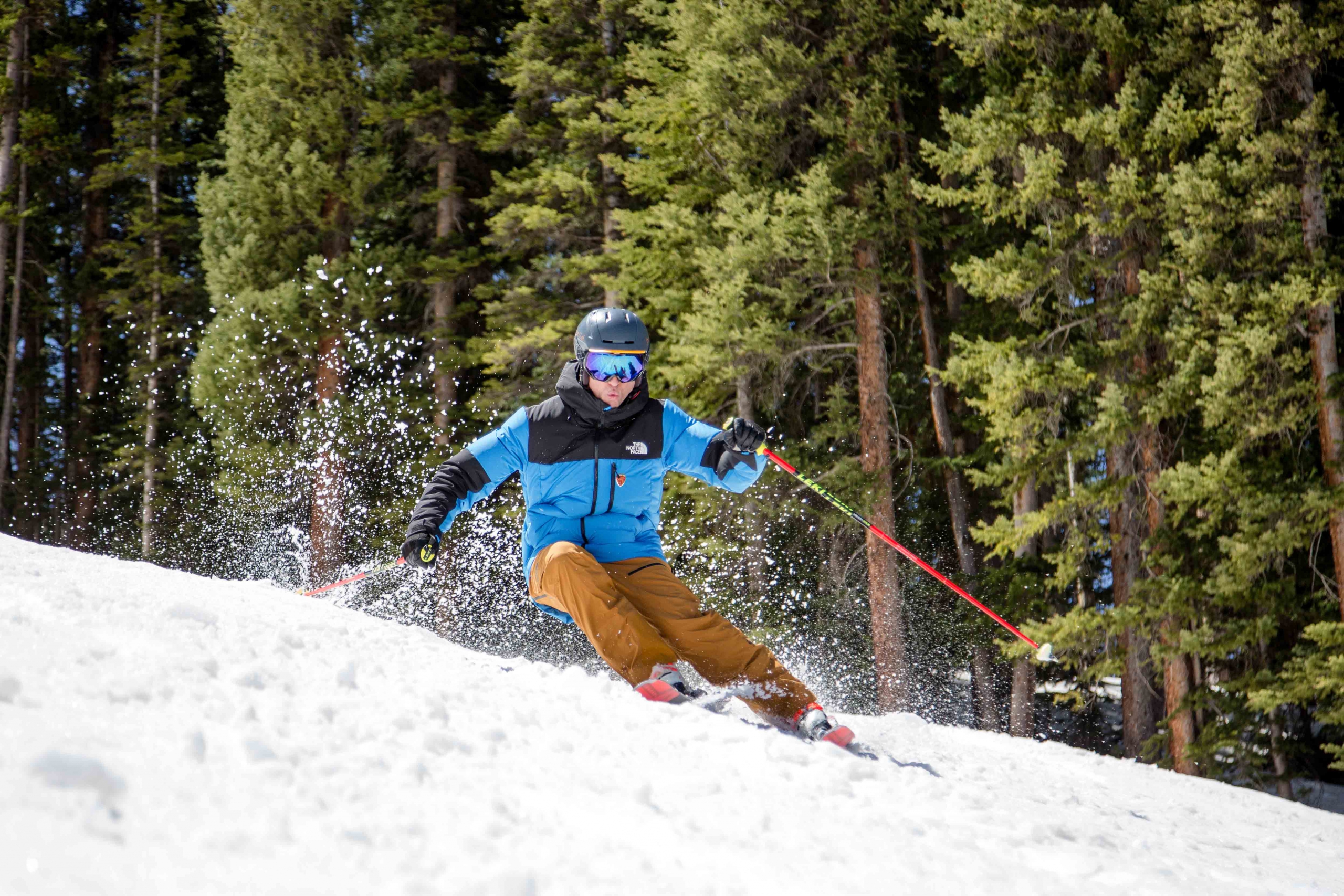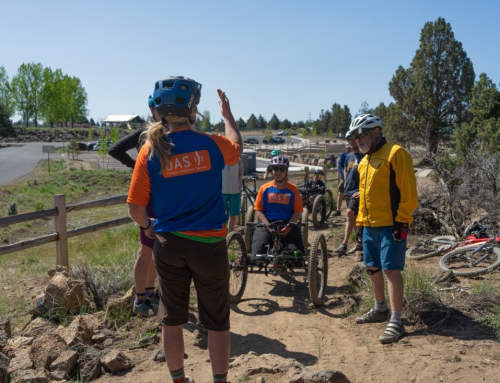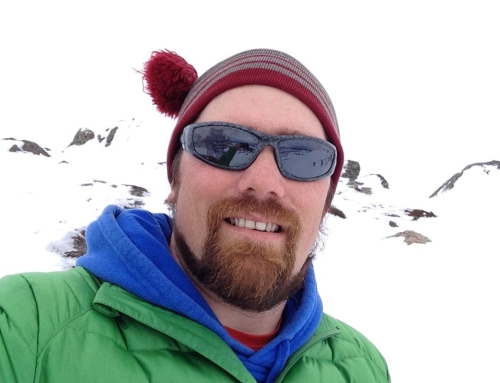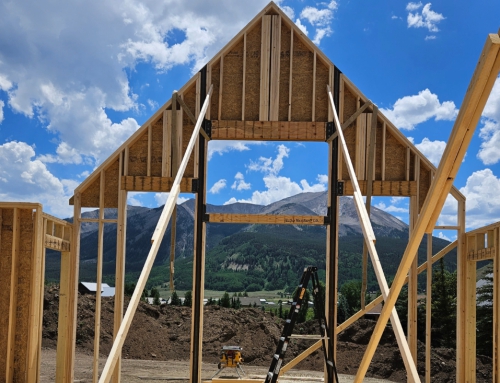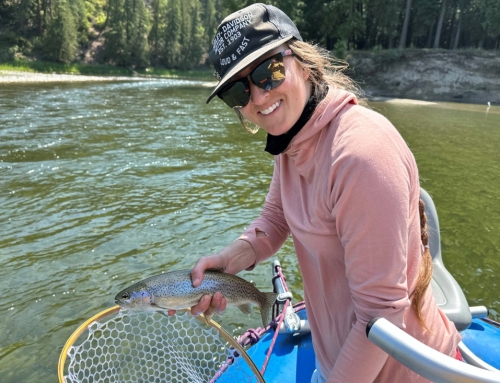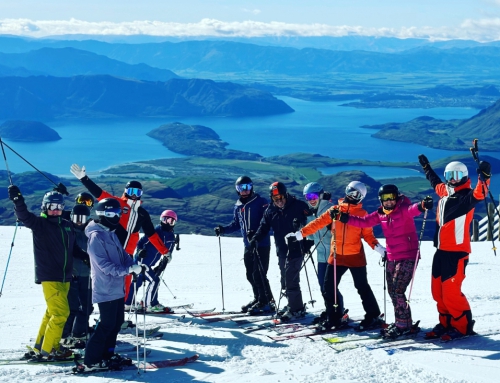What is IVSS, and How Does it Benefit Instructors?
Anyone who has attended Interski in Ushuaia, Argentina and Pamporovo, Bulgaria, is aware of the growing impact of the International Association Snowsports at Schools and Universities (IVSS), and how it is uniting educational standards and initiatives among instructional associations around the world.
Here we interview PSIA-AASI Director of Education Dave Schuiling, the newest IVSS board member, as well as President Dieter Bubeck and Vice President Pete Allison of Penn State to discuss the association’s long-term goals and how they will benefit PSIA-AASI members.
What is IVSS?
Dieter Bubeck: The IVSS is an international organization with the mission to contribute to the development of snowsport for everyone in educational and training institutions. This means IVSS serves as a hub for sharing and promoting research and evaluation in snowsports. The scientific findings impact practice in educational and training institutions. This takes place with the exchange of research and providing research projects in the field of snowsports.
In order to bridge the gap between theory and practice, we are organized as one of the three pillars of Interski International, which is the umbrella organization of all persons concerned with education in and through snowsports.
Due to the huge list of positive effects of outdoor sports, and especially snowsport, we promote a lifelong engagement in snowsports to all pupils and upcoming teachers. Also, we use the field of snowsport for social inclusion and sustainable development using the slogan: “Through snowsport to nature experience, through nature experience to nature protection.”
How does your work benefit instructors in the U.S., and around the world?
Pete Allison: IVSS is a forum for sharing information and promoting learning and good practices between different countries around the world. Much of this information is available on the new web site. Sharing this information helps to improve practices in the U.S. and also helps to share practices in U.S. to other countries and therefore open doors for opportunities for PSIA-AASI instructors to work abroad.
Dieter Bubeck: Our main goal is the scientific work within nature sport, especially in snowsport. That’s why most of our members come from scientific organizations all over the world. Together, we initiate scientific projects where we analyze all aspects of snowsport, including health, biomechanics, and pedagogical and educational aspects of snowsport. Also, we are sharing scientific research to other industry stakeholders of the snow sport industry and translating theory into practice. Therefore all ski teachers in the world can get the newest information around science and education from and through IVSS.
What are some key initiatives you are currently working on, and why are they important?
Pete Allison: One of the main projects in the last 12 months has been to revise and update the website. We now plan to continue to develop the website and offer webinars for the IVSS community. The strategy is for IVSS to use research of multiple kinds to promote snowsports and to inform practice. To this end, we have started to ‘translate’ a number of research articles in to infographics to help busy people access the main findings of research to inform their practice.
How does PSIA-AASI contribute to, and benefit from, this relationship?
Dave Schuiling: As the newest member to the IVSS Board, I’m honored to represent the U.S. on this international association to push new ways to grow snowsports learning and teaching. Our work with Penn State University is a great example of how we can leverage research and development with schools and universities. IVSS brings this concept to the world stage, to share ideas and best practices for growth and accelerated learning. I’m excited to use the new website as a hub for sharing content and resources with all of the member countries, as a means to keep the Interski spirit of sharing alive on a regular basis.

